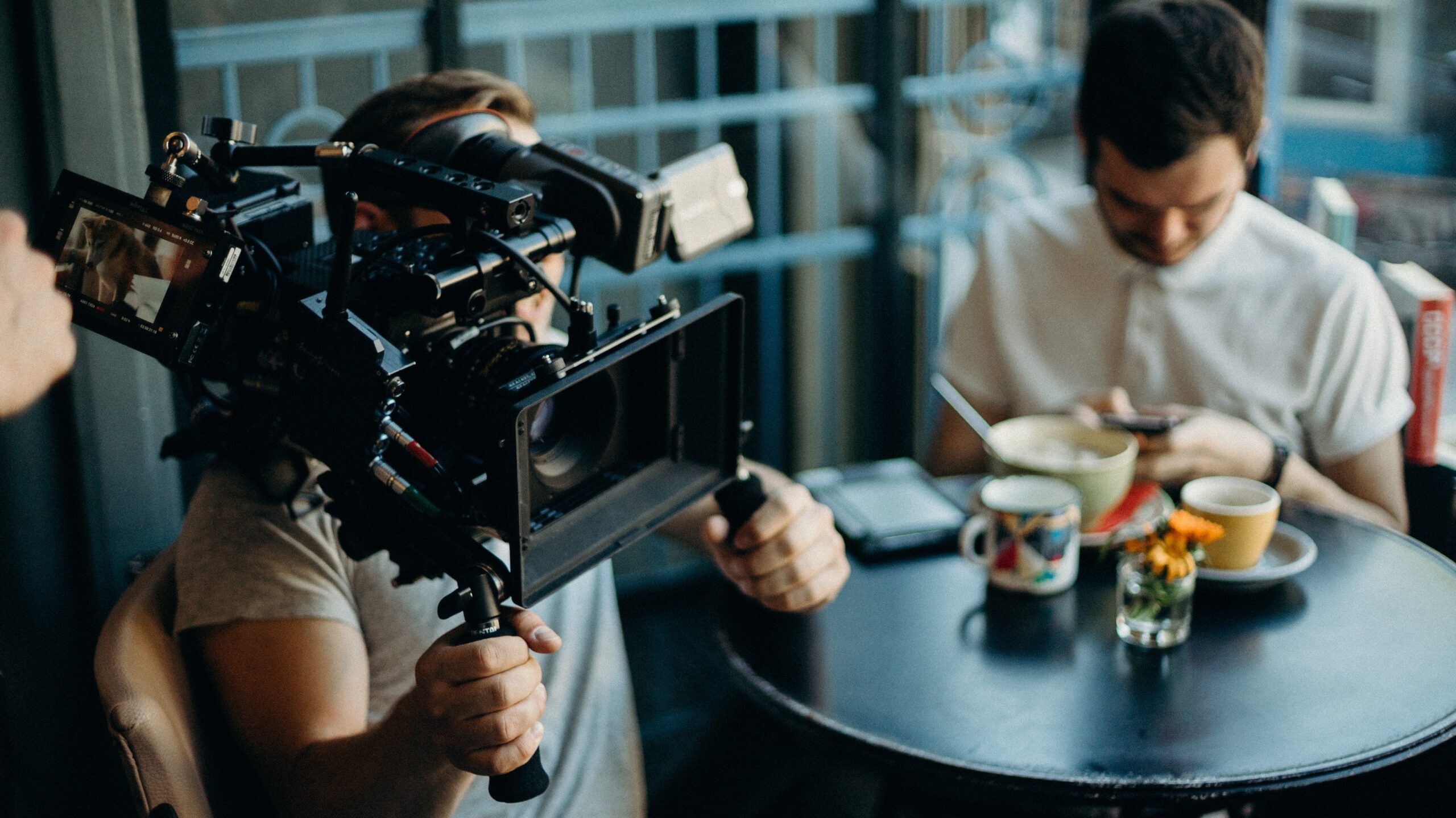Have you ever wondered how your favorite blockbuster movies are able to transport you to different worlds and make creatures come to life? It’s all thanks to the magic of special effects! From explosions and CGI animation, to makeup and prosthetics, there’s a whole world of behind-the-scenes secrets that go into creating movie magic. In this blog post, we’ll take you on a journey through the fascinating world of movie special effects, giving you an exclusive sneak peek into the creative process that brings your favorite films to life. So sit back, grab some popcorn, and get ready for an unforgettable adventure!
Introduction to Special Effects in Movies
The term “special effects” encompasses a wide range of techniques used to create illusions or physical phenomena in movies.
In the early days of film, filmmakers often achieved special effects through simple, mechanical means like stop-motion animation or the use of miniature models.
With the advent of computer-generated imagery (CGI), filmmakers now have near- limitless possibilities for creating spectacular visual effects.
Some of the most popular special effects used in movies today include:
CGI: CGI is used to create realistic images or animations that would be impossible to achieve with traditional filmmaking techniques. Examples of CGI include the dinosaurs in Jurassic Park, the aliens in Avatar, and the wizardry in Harry Potter.
Digital compositing: This technique combines two or more images to create a single, seamless image. It’s often used to combine live-action footage with computer-generated elements, as in Lord of the Rings and The Hobbit.
Motion capture involves recording an actor’s movements and replicating them with a computer graphic character. This process enables the creation of lifelike animations, as observed in numerous video games and animated films like Avatar and The Polar Express.
Special effects hold a crucial role in bringing true magic to movies. By comprehending the techniques behind their creation, we can fully appreciate the dedication and artistry involved in their production.
Types of Special Effects Used in Movies
There are a variety of special effects used in movies to create the desired look and feel for the film. Some of the most common types of special effects include:
- Filmmakers use cinematic techniques to create an illusion of reality on screen. They achieve this through editing, camera angles, and lighting.
- Filmmakers employ visual effects to create images that cannot be captured through traditional means. They accomplish this by utilizing CGI or by manipulating physical objects to achieve the desired effect.
–
Makeup artists and costume designers use makeup and costumes to transform actors into their characters. This process can range from simply applying makeup to an actor’s face to intricately crafting an entire costume from scratch.
Set designers are responsible for creating the environment in which the action takes place. This encompasses activities such as constructing sets and adorning them with props and furniture.
The history of special effects
Since the dawn of film, directors have been using special effects to bring their stories to life.
In the early days, filmmakers limited special effects to simple techniques such as superimposing one image over another or employing stop-motion animation.
However, as technology has evolved, so have the possibilities for special effects.
Today, special effects artists have a vast array of tools at their disposal to create realistic and believable visuals. Computer-generated imagery (CGI) has become the standard for creating many of the most iconic images in film. From dinosaurs and aliens to superheroes and space battles, CGI allows filmmakers to realize any vision they can imagine.
However, filmmakers still use many practical effects in addition to computer-generated ones. Action movies and horror films, in particular, rely on these physical effects, which encompass make-up, prosthetics, pyrotechnics, and mechanical puppetry.
Regardless of the type of effect employed, the ultimate objective remains constant: to provide moviegoers with an unforgettable experience. Special effects enable us to suspend our disbelief and immerse ourselves in a realm of make-believe where limitless possibilities exist.
The Technology Behind Movie Special Effects
Movie special effects have come a long way since the early days of film.
In the early days of cinema, filmmakers employed various techniques to create special effects. They would use hand-painted celluloid sheets placed in front of the camera lens to create a double exposure, or they would utilize stop-motion animation to achieve the illusion of movement.
With the advancement of technology, filmmakers now have access to more sophisticated tools and techniques to create realistic special effects.
Filmmakers now commonly use computer-generated imagery (CGI) to create realistic images and animations. They often use green screens to composite two or more images together, like placing an actor in front of a virtual background. Although physical sets and props are still utilized in filmmaking, they frequently incorporate CGI effects to enhance them.
Special effects play a vital role in bringing a film to life and creating an immersive experience for audiences. By combining various special effects techniques, filmmakers can create amazing visuals that transport audiences into another world.
Examples of Special Effects Used in Popular Movies
In popular movies, special effects are used to create realistic or imaginary scenes. Here are some examples of popular movie special effects:
The movie “Gravity” employed special effects to simulate zero gravity in space, while “Jurassic Park” used special effects to bring dinosaurs to life on the screen. In “The Lord of the Rings,” special effects portrayed iconic characters like Gandalf and Sauron, and likewise, “The Matrix” utilized special effects to depict memorable characters such as Neo and Trinity.
Challenges of Creating Movie Special Effects
Creating movie special effects is no easy feat. It takes a lot of time, effort, and skill to create the stunning visuals we see on the big screen. Here are some of the challenges that movie special effects artists face:
1. Time constraints: Special effects artists often have to work within tight deadlines to get the job done. This can be a challenge when trying to create complex visuals.
2. Budget constraints: Special effects artists also have to work within a budget. This can be a challenge when trying to create realistic visuals that look good on screen.
3. Technical constraints: There are often technical constraints that come with special effects work. This can be a challenge when trying to create realistic visuals that look good on screen.
4. artistic constraints: Special effects artists often have to make compromises in their work in order to meet the demands of the director or producer. This can be a challenge when trying to create art that is true to your vision.
Conclusion
This article has provided a glimpse into the fascinating world of movie special effects. From practical effects to digital wizardry, it’s clear that there is no limit to the creativity and skill that goes into creating stunning visuals for films. Thanks to advances in technology, we now have access to jaw-dropping visual effects which can transport us into an alternate reality on screen. We hope this article has helped you gain new appreciation for how much time and effort goes into making movies look so incredible!










